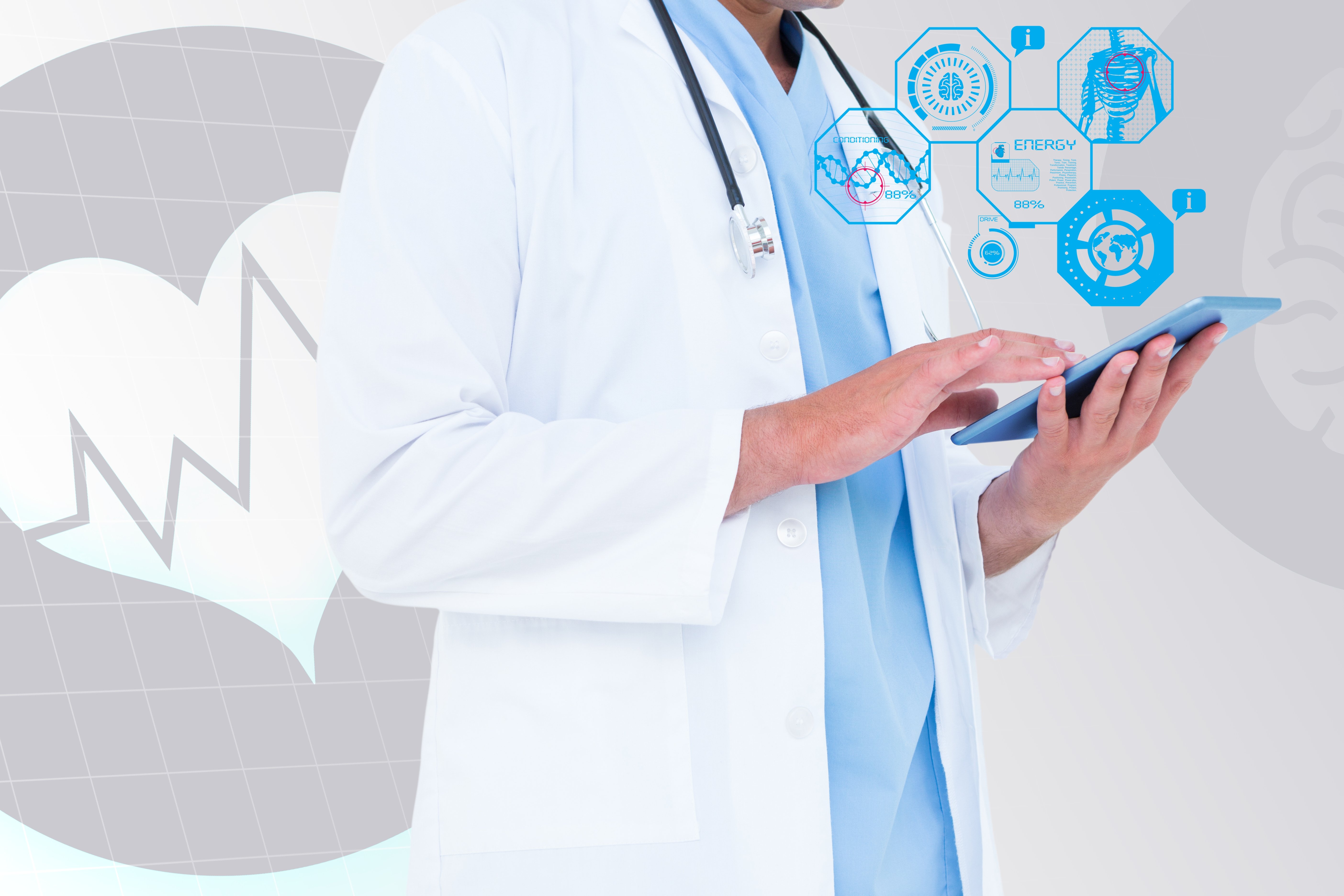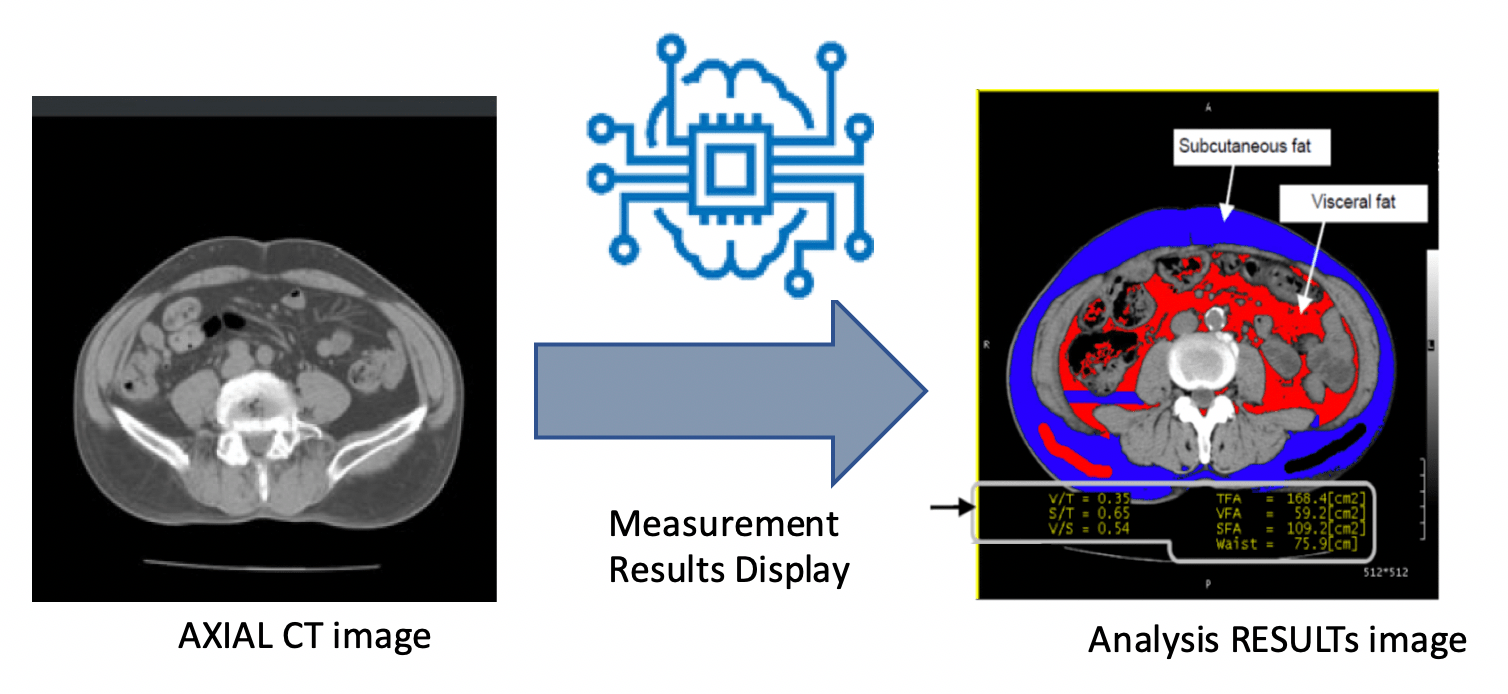
Artificial Intelligence (AI) in healthcare is one of the most potential, breakthrough, and development areas today, promising to completely change the health sector in the coming years. The power of AI transformation is having continuing and important effects across many industries, but in healthcare - its impact promises to truly life-changing. From many aspects such as hospital care to clinical research, drug development, and insurance, applying AI is revolutionising how the health sector works to improve patient outcomes, align the interests of various stakeholders, and reduce healthcare costs.
Healthcare is emerging as a prominent area for AI research and applications. And nearly every area across the industry will be impacted by the technology’s rise. With the development of technology, the health sector is increasingly receiving great support from information technology, AI in the examination, diagnosis, and determination of treatment regimens for patients and hospital management.
The above trends of AI in healthcare in recent years will be specifically reviewed in the next parts.
1. Diagnostics
AI’s superiority is categorizing data, especially once it has been exposed to large amounts of data on the subject. That creates a great promise for AI when it comes to diagnostics – medical imaging analysis and patient medical records, genetics, and many other things can all be combined to improve diagnostic outcomes. Moreover, AI tools can use similar information to create distinctive treatment approaches and offer recommendations to doctors.
AI vision is emerging as a common thread across these diagnostic applications, and it should be noted that improvements in that field will correlate closely with reliable applications in diagnostics. However, the process of trial and error will greatly influence the value of this technology in the real world and the degree to which it will be implemented in the field of diagnostics.
2. Robot-assisted surgery
Robotic surgeries allow surgeons to use smaller tools and make more precise incisions to automate some of the routine tasks in this high-risk field. Surgeons (and patients) could also benefit from AI by combining medical records with real-time data during operations, as well as drawing on data from previous successful surgeries of the same type. One can say that robots are actively or passively helping the human surgeon to better execute their task. With robotics, we are getting able to really go beyond the physical human capabilities. There is no handshaking, no limitation in terms of fatigue, you don’t really need to be there for five hours when you can do things remotely, so there are various aspects that heighten the current surgery. (Read more: Future of Work: Time to Marry RPA with AI)
3. Virtual nursing assistants
Virtual nursing assistants could reduce unnecessary hospital visits and lessen the burden on medical professionals. Virtual nurses monitor and observe the patient’s vital signs and symptoms. Virtual assistants replicate the typical behavior of a nurse by assisting patients with their daily routines, reminding them to take medications or go to appointments, helping answer medical questions and more.
The virtual nurse is a great help in the healthcare system. Virtual nursing assistants is one of the most innovative, upgraded, enhanced and improved techniques of promoting nursing care that greatly influences the registered nurses and enhances their capability to practice nursing in a new way. It has evolved a tremendous deal in the past few years and it keeps on growing. It has become an important and essential part of many healthcare systems.
- Patient engagement
Already, automated scheduling and appointment reminders are commonplace, but the face of patient engagement could soon become more robotic, which personalizes the patient experience, reduces unnecessary expenditures, and maintains open lines of communication between office visits to keep patients as healthy as possible.
For example, patients who are concerned about a specific condition or the side effects of treatment could query a chatbot at any time, even when their doctor is not available.
Computer Vision in the Health Sector
AI is beginning to have real world implementations in healthcare, especially in the field of computer vision. What does Computer Vision mean?
Computer Vision is a field of computer science that works on enabling computers to see, identify and understand the images in the same way that human vision does, and then provide appropriate output. It is like imparting human intelligence and instincts to a computer. In reality, it is a incredibly difficult task to train computers to replicate human sight and understand the objects. (Read more: Computer Vision Makes Their Way into Sports)
Computer vision is closely linked with artificial intelligence, as the computer must interpret what it sees, and then perform appropriate analysis or act accordingly. (Techopedia)
In healthcare, it has countless applications, from a faster and more accurate diagnosis to surgery assistance or enhancing the life quality of visually impaired patients. The long-term goal of using this technology is to give doctors a way to spend less time analyzing results and allow them to spend more time bringing added value to the patient in terms of advice and care.
Tell us about your business needs!
FPT highlight case studies in healthcare
Proud to be a pioneer in the field of technology, FPT is capable of delivering excellent AI services to global clients. FPT has implemented AI in some successful healthcare projects, typically using computer vision in muscle fat analysis, skin diagnosis, recognition of diabetic retinopathy and blood analyzer anomaly detection.
1. Muscle Fat Detection
Recently, FPT has successfully released AI HealthCare project - Application of AI technology to assist doctors in diagnosis, which has been praised by customers and continues to expand business in the near future.
FPT investigates and develops a new application using AI artificial intelligence to analyze fat in abdominal cavity based on images taken with CT scan, to detect and support doctors to diagnose obesity. The project team found a suitable model, successfully applied to the product with considerable results:- The accuracy of the analytical results was 95%. - The diagnosis time for one image was just under 0.4 seconds - The project received perfect satisfaction from customers ~ 90%.
Accompanying the development of AI in all areas of technology, FPT contributes to supporting the health sector in health care and detecting pathological signs for the purpose of better treatment and improving the community’s health.

2. Physical Check
A Japanese nursing home system checked and evaluated old people health through movement tests. There were 4 kinds of test and each test required at least 1 doctor/observer per 1patient which was unnecessarily labor-intensive. FPT applied AI to integrate into their system. The AI system solved several problems at the hospital: checking the physical health of the elderly with high accuracy, supporting doctors and nurses minimizing time.
The four tests are 10-Meter Walk Test (10MWT), Time Up and Go Test (TUG), 30 Second Chair Stand Test (30SCS), One-leg Standing with Vision Test (OSV).
Using customer’s system, we found out and provided methods to solve the above four problems, with the output information must be accurate and useful for doctors such as: how many steps patients have to walk to test, how many times they have to sit down and stand up in 30 seconds, how long they can stand on 1 foot, then conclude that patients have shoulder deflection, hip deflection, hunchback, ...
Initially, the project team found solutions to give out the correct output but only used the horizontal angle of the patient. After 2 phases of the project, the result was more accurate with 96% accuracy and met customer’s demand with a patient’s direct angle.

3. Recognition of diabetic retinopathy
Diabetic retinopathy (DR) is neye disease associated with long-term diabetes. If DR can be detected within a certain period of time, it can delay or avoid progression to vision impairment. FPT provided optimal deep learning model, added position information to that model and did analysis to improve accuracy and propose a new method for acquiring and labeling learning data.
We leverage our specialists and researchers with their research results for joint R&D research projects with the customers to maximize cost efficiency.

4. Blood Analyzer Anomaly Detection
By federal law, every blood analyzer device must be regularly tested to ensure a baseline in measurements as incorrect measurements can lead to false diagnosis. As the current anomaly detection mechanism like simple threshold-based does not take into account relevant data points and cannot process the big volume of real-time data, our customer needs an advanced method to improve the predicting performance of detecting anomaly data.
We build a scalable data information pipeline using three aggregated client data sources including Quality Control, Machine Raw, and Sample Means. We used Recurrent Neural Networks and TensorFlow to build a predictive model. In order to train a predictive model, we use time-series data along with other parameters such as the version of firmware, reagent lot and machine models, etc. to train a recurrent neural network (LTSM and GRU). The predictive model can then receive input sequence data and give out an output sequence. The system can alert when predictive output is very different from reality. To present data analysis, we used a dynamic dashboard for visualizing outliers and a tableau book to highlight statistical properties.
Real-time data (in time-series format) collected from sensors and other master parameters are used to train Recurrent Neural Networks including LTSM and GRU. After training, the model can predict an output sequence with a given input sequence. The system provides the analysis of data in two ways, dynamic dashboard with Bokeh to visualize and streaming real-time data, and tableau book to highlight statistical properties.
Our solution improves predicting performance and accuracy of blood analyzers and reduces the rate of false-positive alerts.
Conclusion
Achieving initial achievements in applying artificial intelligence in the healthcare sector, FPT has gradually marked its maturity in the potential capability of digital transformation. The company has experienced many years in researching and developing technology in many other fields, we will get back to you with the next articles.
Interested in other technology blogs? Click here for more!
References
- AI And Healthcare: A Giant Opportunity – Forbes
- The Application of Medical Artificial Intelligence Technology in Rural Areas of Developing Countries – NCBI
- Computer Vision – Techopedia































